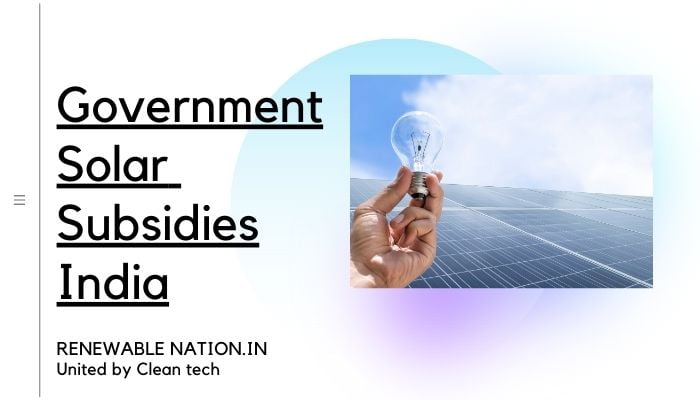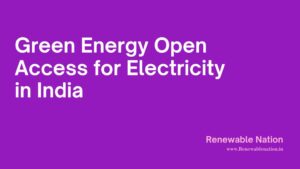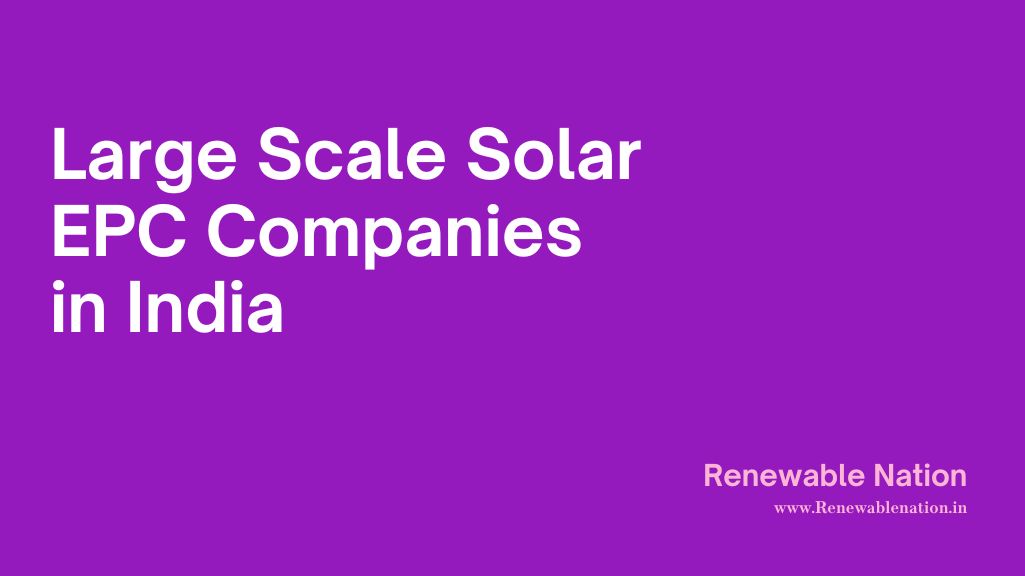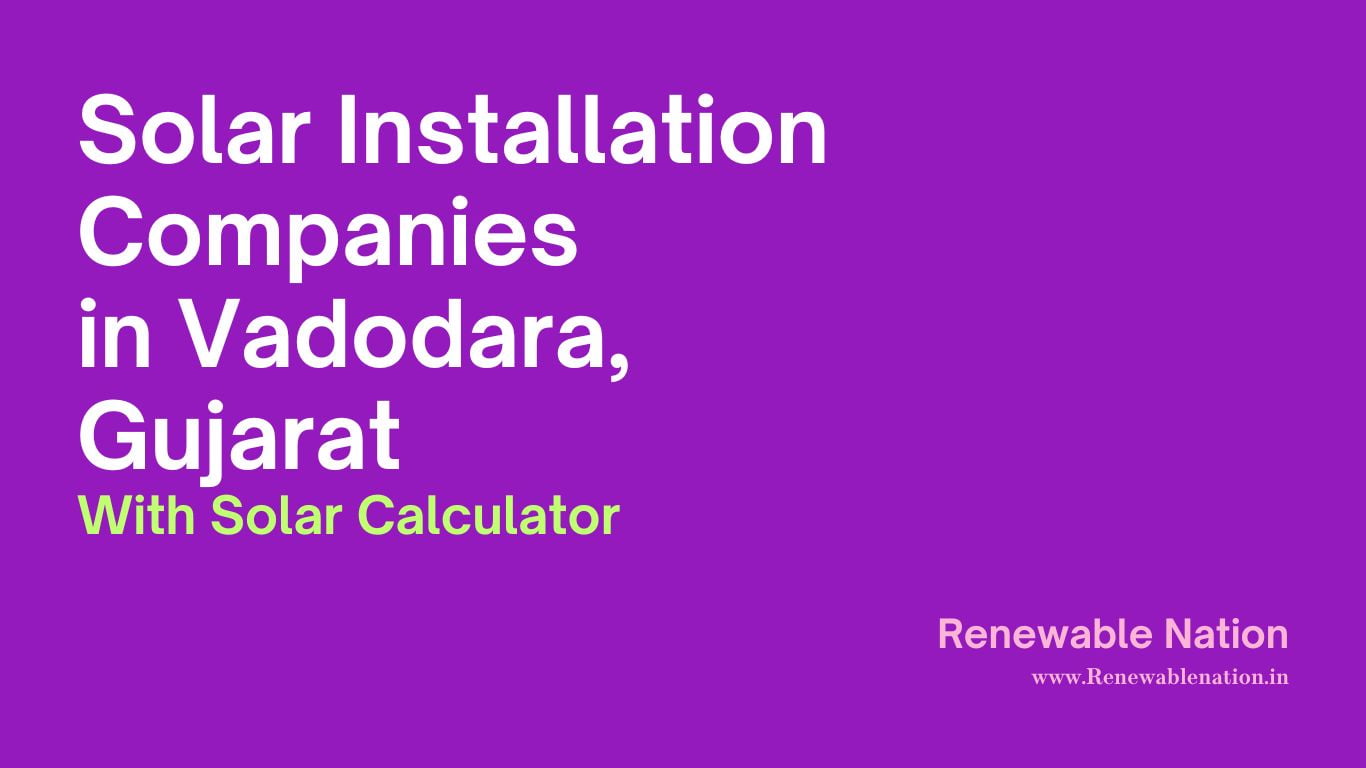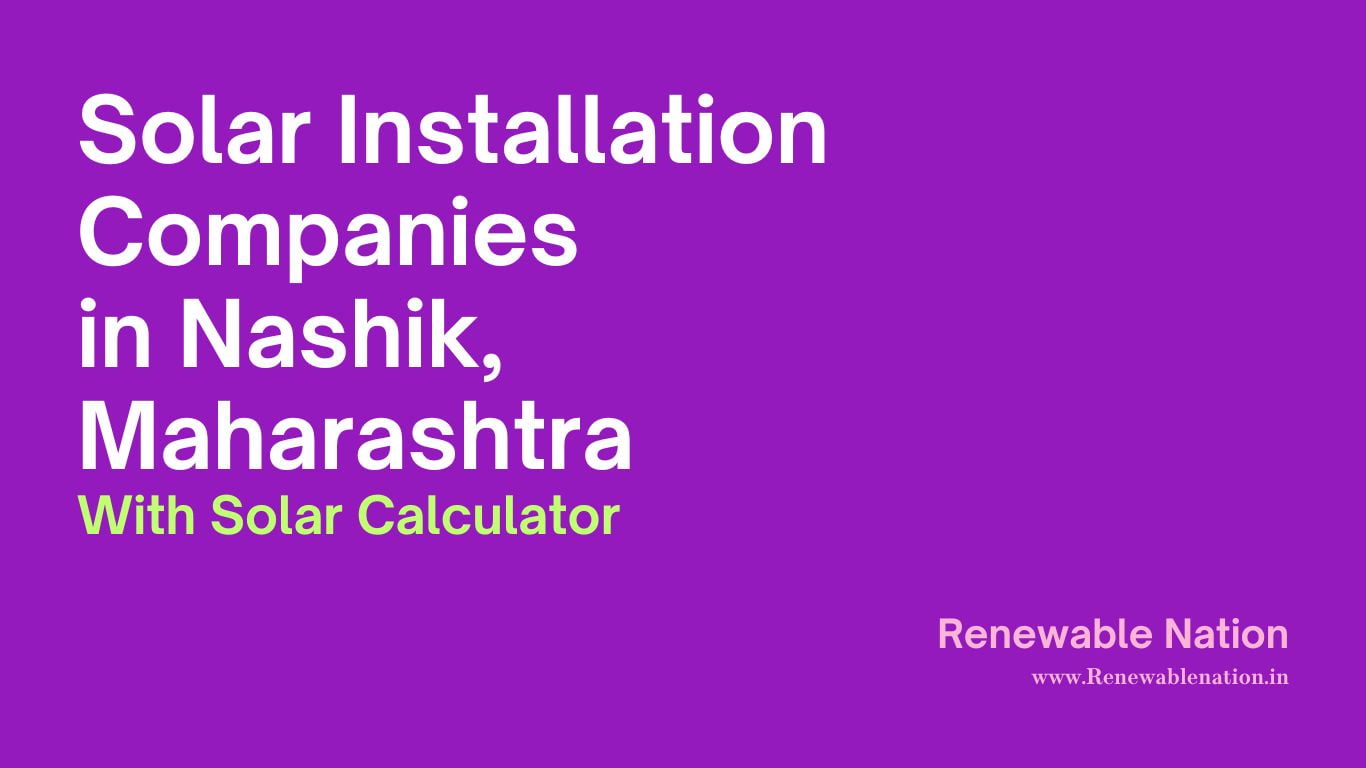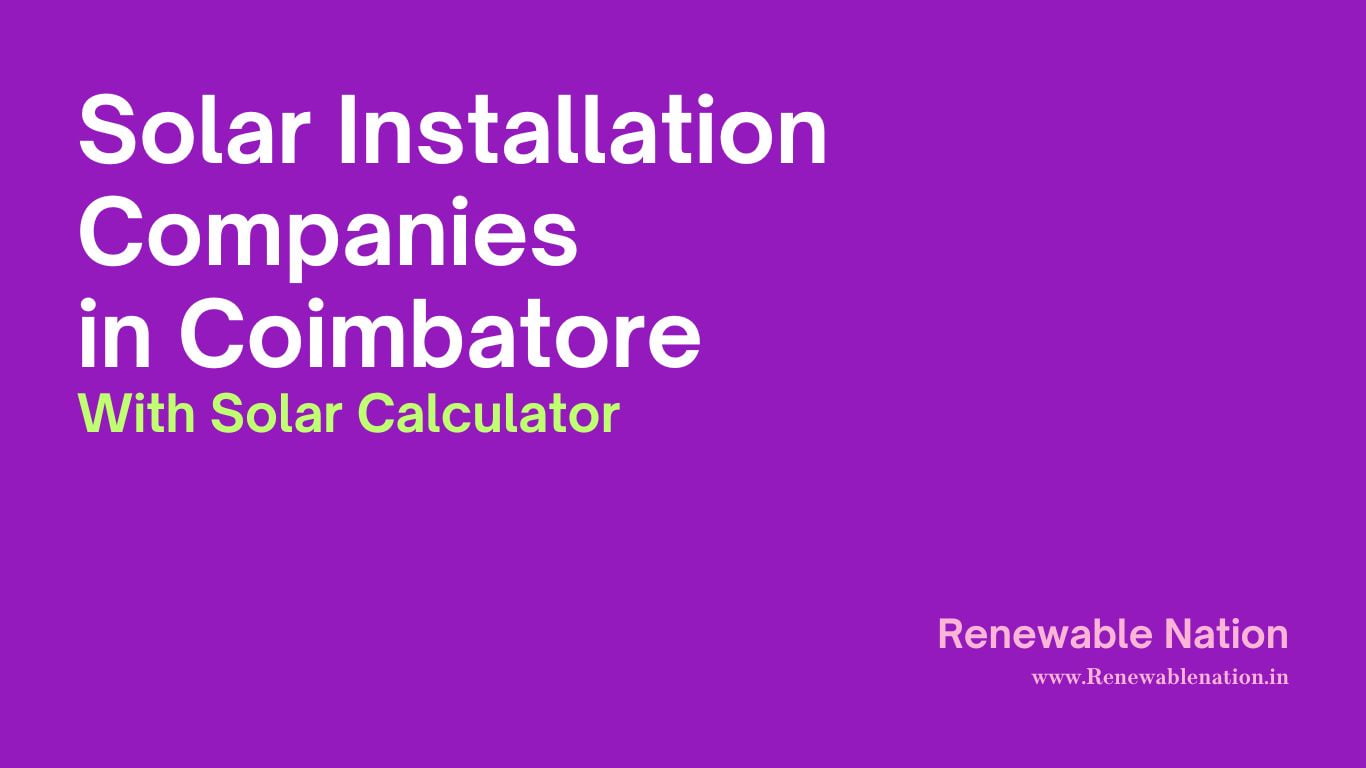In recent years, the Government of India has been pushing for solar energy in a big way. Government subsidies for solar panels in domestic homes are now one of the cheapest and most efficient ways to meet India’s burgeoning energy needs. And with a government subsidy and tax breaks available for those who install solar panels, it’s no wonder that more and more Indians are switching to solar. This post will take a look at the different types of subsidies and tax breaks available for solar panel installation in India and the process for applying for them.
What Is A Solar System For Homes In India?
A solar system for homes in India is a great way to reduce your energy costs and enjoy solar power benefits. By installing solar systems for your homes, you can enjoy the benefits of solar energy without having to spend a fortune on installation or maintenance.
A solar system for a home can provide you with electricity for your home, office, or any other electrical needs that you might have. Plus, it can help you reduce your carbon footprint by reducing your reliance on traditional sources of electricity. You can also sell the excess electricity you generate to the grid, which can help you earn a bit of side cash. So, if you seek a way to reduce your energy costs and enjoy the benefits of solar power, then solar systems for your homes are the perfect solution!
Government Subsidies For Solar Panels
There are some government subsidies available for solar panels, and it is essential to know which ones are best for your situation. Here is an essential list of the most common government subsidies for solar panels and what people use them for:
Feed-in Tariffs (FITs):
Individuals or businesses get these subsidies for installing solar panels and selling energy back to the grid. The main benefit of FITs is that they lower the cost of solar energy for consumers, rendering it more affordable to install solar panels.
Solar Investment Tax Credits (ITCs):
Investors who commit to installing solar panels in a specific area get ITCs. The ITCs provide a tax credit of 30% of the cost of the solar panels. It can help in reducing the overall cost of investment.
Production Tax Credits (PTCs):
Companies that produce solar energy products and sell them in the United States get PTCs.
The Solar Renewable Energy Credit (SREC):
SREC is a federal tax credit that encourages the installation of solar energy systems. The SREC is available on a 50% basis for systems installed after December 31, 2015, and before January 1, 2022.
The Federal Investment Tax Credit (FITC):
FITC is a tax credit available on a 30% basis for qualified investments in solar energy systems. The FITC applies to systems installed after December 31, 2016, and before January 1, 2026.
MNRE Solar Subsidy Scheme 2020-21
The Indian government has been providing subsidies to promote solar energy usage since the early days of the renewable energy program. The government in India usually announces Solar Panel Subsidies in schemes by the Ministry of New and Renewable Energy (MNRE). The government announced the MNRE solar subsidy scheme 2020-21 in January 2020 with a budget allocation of Rs. 12,000 crore. This scheme provides subsidies on capital costs for setting up grid-connected solar PV projects. It also provides subsidies for off-grid solar PV projects for electrifying un-electrified villages and households.
1 MW solar power plant subsidy 2020
A subsidy is when the government provides financial assistance to a business or individual to promote a particular activity. The government provides subsidies to businesses and homeowners who install solar panels for solar energy. This financial assistance can come in the form of a tax credit, direct payment, or a reduction in the cost of the solar panel installation.
These subsidies aim to make solar energy more affordable and thus increase its adoption. In India, the administration has been providing subsidies for solar power since 2010. In 2020, the government increased the subsidy for a 1 MW solar power plant subsidy 2020 from Rs. 8 crores to Rs. 5 crores. It is a significant increase and should help promote even more solar energy installations in India.
The government sets the solar panel price in India. Indian solar panel manufacturers receive a subsidy for each panel they produce, which drives down the overall cost of solar panels. It makes it more affordable for homeowners and businesses to install solar panels and offset their electricity costs.
How To Sell Solar Energy To The Government In India?
If you want to know how to sell solar energy to the government in India, there are a few steps you’ll need to take. First, you’ll need to register with the relevant government authority. You can find more information on the relevant website or your state nodal agency. Once you’re registered, you can submit a proposal outlining your project and its benefits. The government will then evaluate your proposal and make a decision. If the government approves your proposal, you’ll need to sign a power purchase agreement and begin construction. It’s a process, but it’s achievable with the proper planning and strategy.
Government Solar Panel Scheme 2021
Solar Panel Subsidies by the government in India is a scheme announced by the Indian government to promote and increase the usage of solar energy in India. The scheme was first announced in 2020 by the then Indian Prime Minister, Mr. Narendra Modi. The scheme provides a subsidy of Rs.2.5/watt on solar panels installed by commercial and industrial establishments. Solar Panel Subsidies by the government in India are currently open for applications and will close on May 31, 2021.
Conclusion
Government initiatives and subsidies have a significant role in promoting solar energy in India. The government offers various subsidies and schemes to encourage people to adopt solar power. Government solar panel scheme 2021, which offers a subsidy of Rs. 2.5 per watt on rooftop solar projects. There are also schemes for installing 1 MW solar power plants and selling solar energy to the government. The government solar panel price is also much lower than the market rate, making it an attractive option for switching to solar power.
Green Energy Open Access in the Electricity Sector in India
Introduction Green Energy Open Access in India refers to the...
Read MoreTop 40 Large Scale Solar EPC Companies in India
Introduction: As India strides towards a sustainable future, the role...
Read MoreTop 10 solar installation companies in Vadodara, Gujarat
Vadodara, with its increasing focus on sustainable and clean energy...
Read MoreEmbracing the Sun: Top 10 Solar Installation Companies in Nashik
Nashik, with its growing focus on sustainable energy, has seen...
Read More





